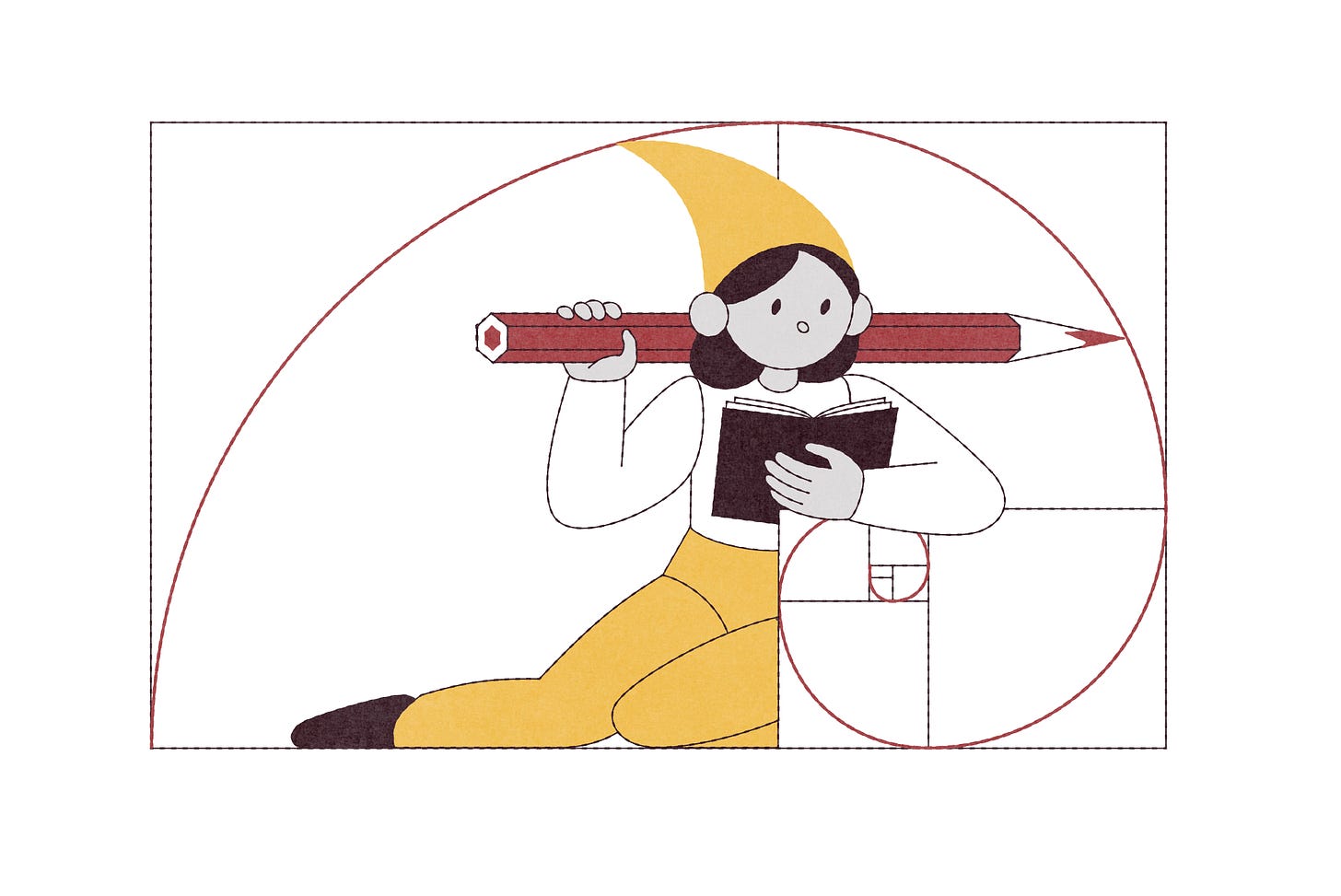Use This Copywriting "Golden Rule" In Your Fiction, Poetry & Essays
Lesson 3 of “Steal From a Copywriter: Copy Techniques That Translate Into Creative Writing” with Sophie Campbell

New to the ‘Steal From a Copywriter’ workshop? Catch up here »
In creative writing, we’re often told to show, not tell. It’s practically gospel. In essence, it means show us how a character is feeling, don’t tell us. For example, “Jane felt a bubble rise in her throat and her chest heaved as she sobbed,” is more powerful than simply, “Jane was sad and she cried.”
But the truth is, the most compelling fiction does both showing and telling, and the best copywriting does too. The key isn’t choosing one over the other, it’s knowing when and how to use each them to create characters that feel like real people and a voice that readers will remember.
Copywriting’s Golden Rule: Clarity Over Cleverness
In the world of copy, clarity always trumps cleverness. You might have written a stylish line of copy, dripping with creativity. It makes sense to you, and you think it’s genius. But if your target customer doesn’t feel it, or even understand it, it’s no use to anyone.
Clarity over cleverness doesn’t mean your writing should be boring. It means that your message should never get lost in the delivery. The best ad copy uses just enough detail to spark imagination without overwhelming it. It gives the reader just enough to feel something and trust what they’re reading.
Fiction works the same way. Over-explain a character’s motivation and you run the risk of diluting the initial mystery behind it, and the layering of depth over time. Skimp on detail and you lose the emotional punch. Instead, what you want is conviction.
Show Their Depth, Tell Their Truth
Copywriting is filled with tiny character sketches. Think about book blurbs, charity case studies, even perfume ads. You’ve got only a few words to make someone care. That’s why the best copy often uses specifics with emotional charge: like an ad for running shoes showing someone jogging at sunrise on a Saturday morning “because after a week of meetings and chaos, the morning was finally their own” or a travel ad showing a couple “stealing one last weekend away before the baby comes.” These tiny scenes reveal not just action, but also portray real people and internal worlds.
When you write fiction, you can use the same principle:
Show what a character does under pressure.
Tell us what they believe, what they fear, or what they’re about to do—when the moment demands it.
Think of it this way: “showing” lets the reader experience the story; “telling” lets them understand it. Use both to build layers of meaning and emotional connection.
Voice That Connects
Keep reading with a 7-day free trial
Subscribe to The Forever Workshop to keep reading this post and get 7 days of free access to the full post archives.


